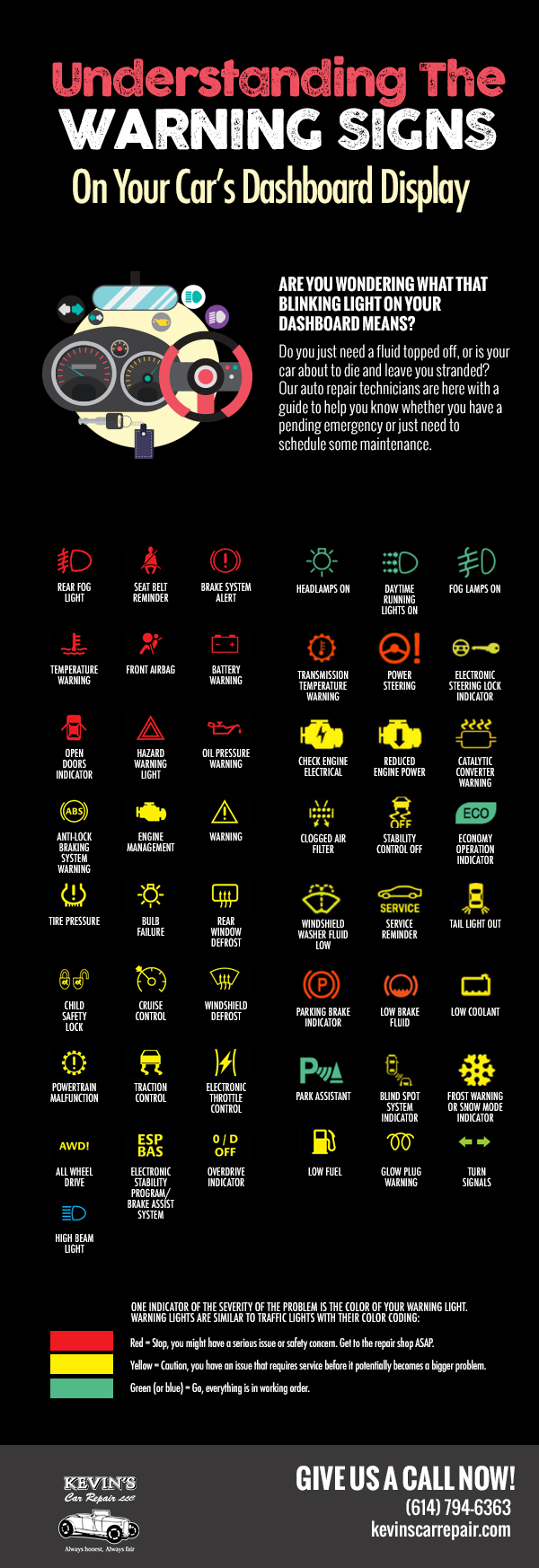When you lag the wheel, those little warning lights on your car's dashboard can be quite perplexing. What do they suggest, and should you be concerned? Recognizing these signals is essential for your car's well-being, yet it does not need to be an overwhelming job. By deciphering the mystery behind each light, you'll be geared up to manage possible problems effectively and maintain your auto running smoothly. So, next time a caution light flashes, don't panic - arm yourself with knowledge and take control of the circumstance.
Relevance of Car Warning Lights
Comprehending the importance of your automobile's caution lights is important for maintaining your car's health and safety. These lights act as your automobile's communication system, notifying you to prospective issues that can jeopardize your security when driving or cause pricey fixings if ignored. By paying attention to these warnings, you can resolve issues early and avoid further damage to your vehicle.
Disregarding warning lights can cause serious effects, such as engine failure, brake malfunctions, and even mishaps. These lights are made to notify you of concerns varying from low tire stress to engine breakdowns, providing you the chance to act before the situation gets worse. Regularly inspecting and comprehending these cautions can save you time, cash, and ensure your security while driving.
In why not look here to keeping you risk-free, reacting quickly to advising lights can likewise assist extend the life expectancy of your auto. By dealing with issues beforehand, you can stop tiny issues from rising into major repair services, eventually saving you money and time over time. Bear in mind, your cars and truck's warning lights are there for a reason - don't neglect them!
Common Warning Lighting and Meanings
When it concerns driving your car, recognizing usual warning lights and their significances is vital for your safety and security and car maintenance. Below are a couple of typical warning lights you might come across:
1. ** Examine Engine Light **: This light shows a concern with your engine. It could be something small like a loose gas cap or something a lot more serious like engine misfiring.
2. ** Battery Light **: This light signals a problem with your auto's billing system. It might suggest a damaged battery, generator, or other related components.
3. ** Oil Pressure Light **: When this light comes on, it suggests your engine might be running low on oil or experiencing low oil stress, which can lead to engine damages if not addressed promptly.
4. ** Brake System Light **: This light shows an issue with your stopping system. It could mean low brake fluid levels or an issue with the brake system that requires prompt attention.
Recognizing these common warning lights will certainly help you identify potential problems at an early stage and prevent more considerable problems later on.
Exactly how to Reply To Caution Lights
In the event that a warning light brightens on your car's control panel, it's important to respond promptly and properly. When a caution light comes on, the first step is to consult your owner's handbook to understand the particular concern suggested by the light.
Some lights require instant focus, while others might indicate a much less urgent issue. If the caution light is red or flashing, it's normally a sign of a significant trouble that requires instant action. In such situations, it's advisable to pull over securely, shut off the engine, and look for expert aid.
For yellow or orange caution lights, while they may not require instant attention, it's still essential to resolve the underlying problem promptly to prevent additional damages. Normal maintenance and examination can assist stop cautioning lights from coming on unexpectedly.
Final thought
To conclude, understanding your auto's warning lights is crucial for keeping your lorry's health and safety. By regularly checking and replying to these cautions, you can address prospective problems early and protect against expensive repair services or safety dangers. Remember to consult your owner's handbook for info on different caution lights and always take prompt activity for red or blinking lights. Keep oil change and maintain your auto running smoothly!
